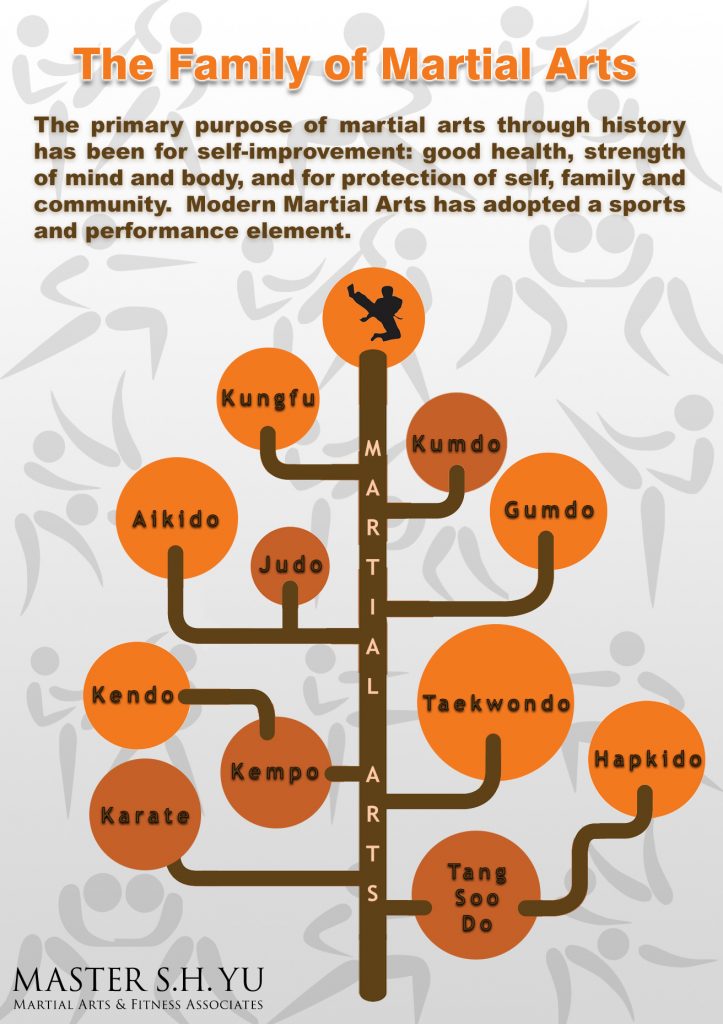The Significance Of Flexibility In Martial Arts Educating
The Significance Of Flexibility In Martial Arts Educating
Blog Article
Material By-Hoppe Randrup
Did you understand that adaptability plays a vital function in fighting styles training?
Actually, a study performed by the International Journal of Sports Physical Therapy disclosed that over 80% of martial artists battle with restricted adaptability.
However why is flexibility so vital? Well, it not only boosts your performance and method yet additionally decreases the risk of injuries.
So, if you're wanting to take your fighting styles abilities to the next level and stay injury-free, you'll most definitely wish to keep analysis.
Advantages of Flexibility in Fighting Style
Adaptability in martial arts brings various benefits to specialists, enabling you to improve your performance and reduce the threat of injury. By improving your flexibility, you enhance your range of movement, enabling you to perform techniques with better accuracy and performance.
This boosted agility and fluidness in your activities can give you an one-upmanship, allowing you to respond quicker and adapt to different circumstances during sparring or competitors. Additionally, enhanced flexibility helps to avoid injuries by enhancing muscular tissue flexibility and joint movement.
It permits your body to move much more freely, reducing the pressure on your muscles and tendons. This, in turn, lessens the chances of strains, strains, and muscle mass pulls. By including adaptability training into your martial arts technique, you not only improve your performance however additionally guard your physical health.
Techniques to Enhance Versatility
To enhance your versatility in fighting styles, you can include different stretching workouts into your training routine.
One efficient technique is dynamic stretching, which entails moving with a full variety of motion to warm up your muscle mass and raise adaptability. martial arts belfast include leg swings, arm circles, and trunk turnings.
Another strategy is static extending, where you hold a stretch for a sustained time period. This helps extend and unwind your muscular tissues, boosting versatility in time. Typical static stretches for fighting styles consist of the butterfly stretch, hamstring stretch, and shoulder stretch.
In addition, incorporating yoga or Pilates right into your training can also greatly boost your adaptability.
Remember to always heat up prior to stretching and listen to what is the best martial art to learn to prevent injury.
Flexibility Training for All Skill Levels
As you progress in your fighting styles training, enhancing your versatility ends up being vital for boosting your general performance. Adaptability training isn't just helpful for sophisticated specialists however additionally for newbies and intermediate pupils.
Regardless of your ability degree, integrating flexibility exercises into your training routine will certainly help you create a large range of activity, avoid injuries, and enhance your technique execution.
For newbies, adaptability training can assist boost your form and posture, allowing you to do movements appropriately and successfully. Intermediate professionals can make use of adaptability training to further raise their variety of activity and improve their fluidness in performing complex techniques. Advanced pupils can gain from flexibility training by keeping and improving their existing flexibility, enabling them to carry out advanced actions effortlessly.
Final thought
In conclusion, embracing versatility in your martial arts training is paramount. By incorporating methods to boost adaptability, you can improve your performance and stop injuries.
Remember, 'A flexible body is a resilient body.' So, keep pressing martial arts coventry , stretching on a regular basis, and reap the benefits of a supple and active body.
